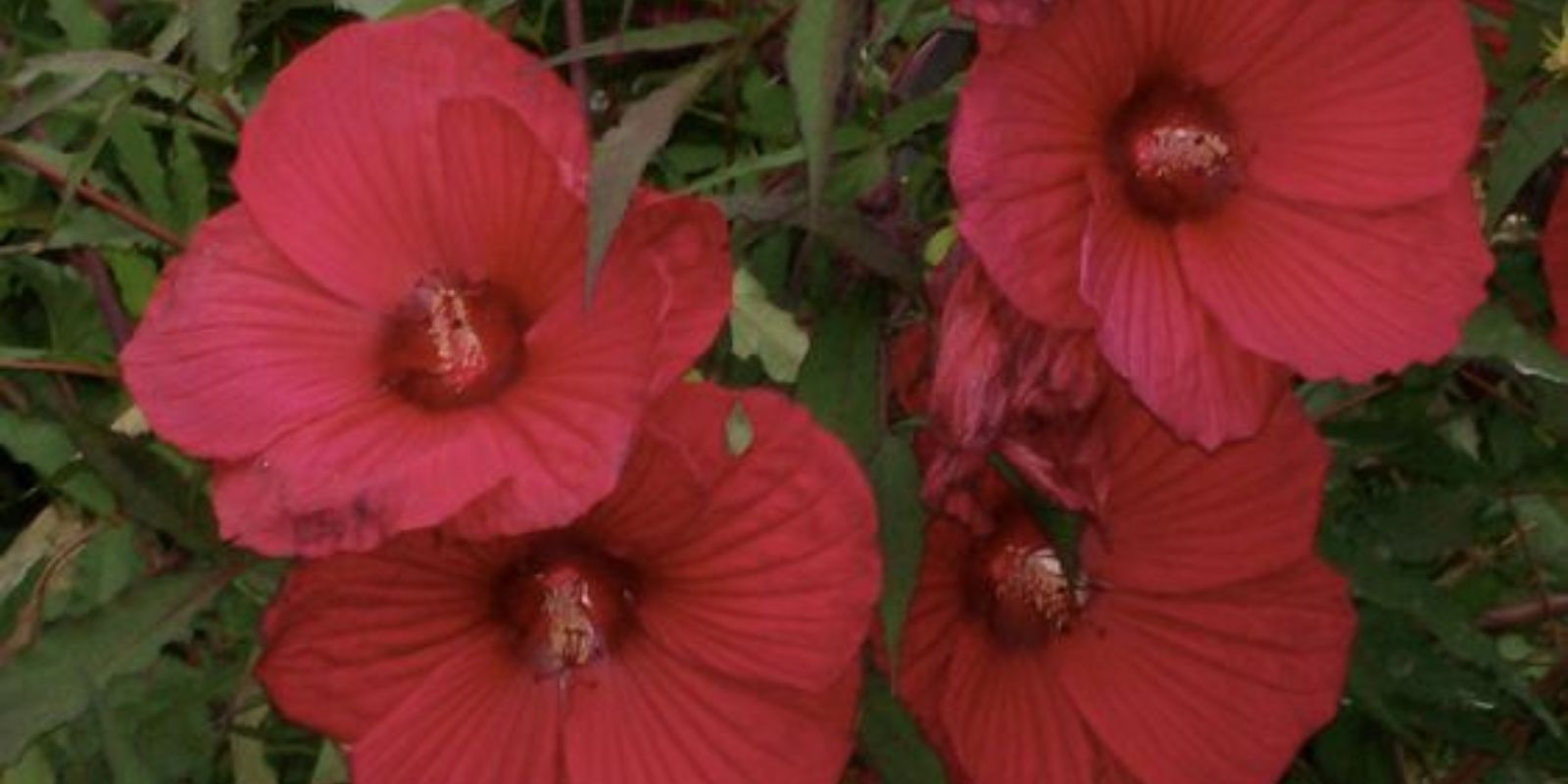Hibiscus plants are renowned for their stunning, large blooms and tropical appearance, which can add a touch of exotic beauty to any garden. However, caring for hibiscus in Zone 5 can present some challenges due to the region’s colder winters. To help you maintain a vibrant and healthy hibiscus garden, this article provides essential tips on growing and caring for hibiscus in Zone 5.
Understanding Zone 5 Climate
Zone 5 is characterized by a temperate climate with winter temperatures that can range from -10°F to -20°F (-23°C to -29°C). This means that gardening in Zone 5 requires careful consideration of plant hardiness and protection strategies. Hibiscus, particularly the hardy varieties, can thrive in this climate with proper care.
1. Choosing Hardy Hibiscus Varieties
Not all hibiscus varieties are suited for Zone 5. To ensure your hibiscus thrives in the colder temperatures, select hardy hibiscus varieties that can withstand the local climate.
Recommended Varieties:
- Hibiscus moscheutos: Also known as hardy hibiscus or rose mallow, this species is well-suited for colder climates and can survive Zone 5 winters.
- Hibiscus ‘Kopper King’: This variety features large, striking blooms and coppery foliage. It is known for its cold hardiness and adaptability to colder zones.
- Hibiscus ‘Summerific’ Series: These hybrids are bred specifically for cold climates and offer a range of colors and sizes.
When selecting a hibiscus variety, ensure it is rated for Zone 5 or lower to guarantee its survival through the winter months.
2. Planting Location
Choosing the right planting location is crucial for the health of your hibiscus. In Zone 5, it’s important to provide the plant with the best possible growing conditions.
Key Considerations:
- Sun Exposure: Hibiscus plants thrive in full sun, which means they need at least 6 to 8 hours of direct sunlight each day. Choose a location that receives ample sunlight to promote vigorous growth and abundant blooming.
- Soil Type: Hibiscus prefer well-drained soil that is rich in organic matter. Avoid areas where water tends to pool, as this can lead to root rot. Amend the soil with compost or aged manure to improve its fertility and drainage.
- Protection from Wind: Strong winter winds can damage hibiscus plants. Plant your hibiscus in a sheltered spot or consider using windbreaks to protect them from harsh conditions.
3. Winter Protection
Winter protection is essential for hibiscus in Zone 5. Although hardy hibiscus can tolerate cold temperatures, additional protection can help ensure that your plants survive the winter months and come back strong in the spring.
Winter Protection Tips:
- Mulching: Apply a thick layer of mulch around the base of the plant in late fall. Mulch helps insulate the root zone and keeps the soil temperature stable. Use organic materials like straw, wood chips, or shredded leaves.
- Covering: In addition to mulching, cover the plant with burlap or a frost blanket. This provides extra insulation and protects the plant from temperature fluctuations and harsh winds.
- Pruning: In late fall, after the first frost, cut back the hibiscus to about 6 inches above the ground. This helps reduce the plant’s exposure to cold temperatures and prevents potential damage from ice and snow.
4. Pruning
Pruning is an important aspect of hibiscus care, helping to maintain the plant’s shape, remove dead or damaged wood, and encourage new growth.
Pruning Tips:
- Timing: Prune your hibiscus in early spring, just before new growth begins. This is the best time to remove any winter damage and shape the plant for the upcoming season.
- Techniques: Use sharp, clean pruning shears to cut back any dead or damaged branches. Thin out crowded areas to improve air circulation and light penetration. Avoid cutting into old wood, as hibiscus blooms on new growth.
5. Watering and Fertilizing
Proper watering and fertilizing practices are essential for healthy hibiscus plants.
Watering Tips:
- Consistency: Hibiscus plants need regular watering, especially during dry periods. Ensure the soil remains consistently moist but not waterlogged. Water deeply to encourage deep root growth.
- Adjustments: During the winter months, reduce watering frequency as the plant’s water requirements decrease. Be cautious not to overwater, as this can lead to root rot.
Fertilizing Tips:
- Type of Fertilizer: Use a balanced, slow-release fertilizer formulated for flowering plants. A fertilizer with an equal ratio of nitrogen, phosphorus, and potassium (e.g., 10-10-10) works well.
- Application: Apply fertilizer in early spring, just as new growth begins. Follow the manufacturer’s instructions for the correct application rate and frequency. Avoid fertilizing late in the season, as this can stimulate new growth that may be vulnerable to winter damage.
6. Pest and Disease Management
Keeping an eye out for pests and diseases is important to ensure the health of your hibiscus. Common issues include aphids, spider mites, and fungal infections.
Management Tips:
- Inspection: Regularly inspect your hibiscus for signs of pests or diseases. Look for discolored leaves, webbing, or unusual spots.
- Treatment: If pests are present, use insecticidal soap or neem oil to treat the problem. For fungal infections, apply a fungicide recommended for hibiscus plants. Ensure proper air circulation and avoid overhead watering to reduce the risk of fungal diseases.
Conclusion
Caring for hibiscus in Zone 5 requires attention to detail and an understanding of the plant’s needs in a colder climate. By choosing hardy varieties, providing the right planting conditions, and implementing effective winter protection strategies, you can enjoy the beauty of hibiscus in your garden even in challenging weather. Proper pruning, watering, and fertilizing will further support the health and vitality of your hibiscus plants, ensuring a vibrant display of blooms each season.
Call to Action
Have you tried growing hibiscus in Zone 5, or do you have any additional tips for cold-weather hibiscus care? Share your experiences or ask questions in the comments below, and connect with fellow gardeners to exchange ideas and advice on thriving hibiscus plants in colder climates!

